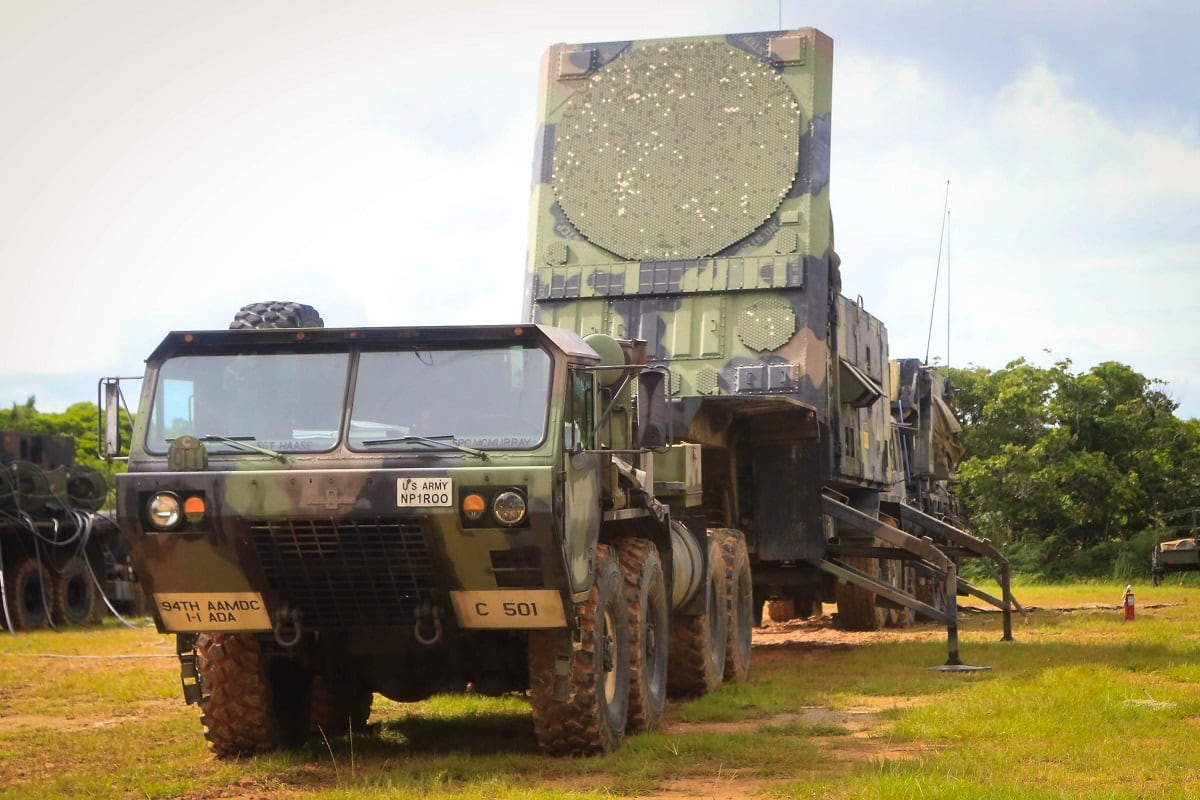WASHINGTON — The U.S. Army’s competition for a new air and missile defense radar has begun with the release of a request for proposals asking for prototypes.
The request, posted to the Federal Business Opportunities website on May 14, comes as the Army for well over a decade has struggled to procure a new radar for its integrated air and missile defense system meant to replace the Patriot AMD system.
The Lower Tier Air and Missile Defense Sensor, or LTAMDS, program had a slow and indecisive start. But ever since air and missile defense became a top modernization priority for the Army under the new Army Futures Command, the service has moved forward to launch a competition.
The Raytheon-made Patriot radar was first fielded in the 1980s, and the Army attempted to replace the system with Lockheed Martin’s Medium Extended Air Defense System through an international co-development effort with Germany and Italy. But that program was canceled in the U.S. after closing out a proof-of-concept phase roughly six years ago.
Since then, the Army has studied and debated how to replace the Patriot radar with one that has a 360-degree detection capability, while Raytheon continues to upgrade its radar to keep pace with current threats. It is acknowledged that there will come a point where that radar will be unable to go up against future threats.
Taking years to decide, the service moved forward on a competition to replace the radar in 2017 and chose four companies to come up with design concepts for the capability — Raytheon, Lockheed Martin, Northrop Grumman and Technovative Applications.
Toward the end of 2018, Raytheon and Lockheed were chosen to continue technology development under that program.
Last fall, shortly after awarding technology development contracts to Raytheon and Lockheed, Defense News first broke the news that the Army was attempting to hit the reset button on the LTAMDS program, deciding to host a “sense-off” to identify available radar capabilities.
Radars were to demonstrate capabilities over this month and next month at White Sands Missile Range, New Mexico.
Raytheon has publicly said it is participating, and Lockheed Martin has partnered with Israeli radar company Elta Systems for the sense-off. Northrop Grumman is also believed to be a participant.
RELATED

As the result of the sense-off, the Army plans to choose one vendor to build six prototypes by the end of fiscal 2022 to prove whether the radar can be built. A follow-on contract for 16 additional radars is expected, according to the request.
According to the cross-functional team in charge of AMD modernization, if there is more than one option that proves extremely promising during the sense-off, it’s possible a second vendor could be chosen to build prototypes.
The deadline for responding to the request is July 9. According to the solicitation, the Army this September will select who will move on to provide prototypes.
The solicitation does not contain many public details regarding requirements aside from ensuring that capabilities can be spiraled in later through software upgrades.
One requirement recently debated has been the Army’s need for a 360-degree detection capability. While it was once a top priority requirement for a new radar, the service seemed to walk back on the necessity of such detection capability.
Jen Judson is an award-winning journalist covering land warfare for Defense News. She has also worked for Politico and Inside Defense. She holds a Master of Science degree in journalism from Boston University and a Bachelor of Arts degree from Kenyon College.








